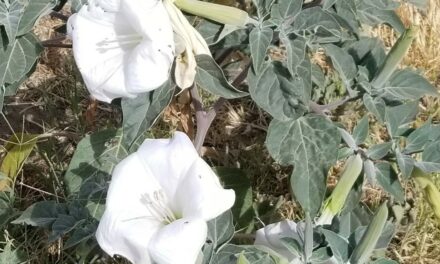National wildlife refuges are some of the best places to connect with nature and photography is a great way to do it. Lucky for local shutterbugs, remarkable imaging opportunities are just a short drive away within the San Luis National Wildlife Refuge Complex.
Nearly 12 million people visit natural areas like wildlife refuges every year to photograph wildlife and natural settings. Nature photography is one of the six priority public uses at national wildlife refuges and it is one of the more popular. Refuge managers make it a priority to provide photographers, whether they are amateur hobbyists or professionals, beginners or experts, with venues that provide enhanced opportunities to capture the perfect image.
Photography is one of the better ways to remember one’s experiences in nature. The patience, stillness, and focus (no pun intended) required to get a good photograph sets the stage for seeing and learning new things one might not have expected.
Photographs can also reveal much more of nature than the observer even realizes at the time. On more than one occasion, photographers at the San Luis refuges have commented that, when they returned home and downloaded photos to their computers, they saw things in the frame that they never even noticed at the time.
One hobbyist photographer from Merced spends hours at the Merced NWR taking pictures. He said he was thrilled to get a shot of a red-tailed hawk grabbing a duck in mid-air as the duck launched itself in flight from the surface of a wetland. It wasn’t until he got home and looked at the photo on his computer that he saw the reason for the duck’s frantic take-off – a coyote was splashing into the pond trying to nab that duck for itself!
Birds and other animals aren’t the only wildlife worthy of a pixel or two. Plants are wildlife too and they’re amazing. Their diversity in structure, form, and color is nearly endless – and they don’t fly or run away.
To improve chances of getting a great shot be out on the refuge camera in hand as the sun rises. Wildlife is most active and visible early in the morning when they are busy finding food to refuel after a long night’s fast. The best light is in the morning when the sun is low and its light is indirect and not as harsh.
Late afternoon and evening are also good times to get a picture or two. Wildlife is scurrying about finding that last bit of food to get through the night. Evening light, like morning light, is low and soft, and sunsets in the Valley can be spectacular. Another great time for being outdoors with a camera is following a rain storm when the lighting and colors are often dramatic.
Visit your wildlife refuges often and at various times throughout the year. At the San Luis, Merced, and San Joaquin River NWRs the cast of wildlife characters changes with the seasons. The landscapes change, too. No place on the refuges is the same today as it was yesterday nor will it be exactly the same tomorrow. Take advantage of the access refuge managers have provided with tour routes, observation decks, nature trails, and viewing areas. These elements have been planned to provide the visitor with a peep hole into nature. Just be ready to trip the shutter.
The Merced National Wildlife Refuge (located at 7430 West Sandy Mush Road), the San Luis National Wildlife Refuge and the San Joaquin River National Wildlife Refuge comprise the San Luis National Wildlife Refuge Complex. Its headquarters and visitor center are located just north of Los Banos off Highway 165 at 7376 South Wolfsen Road.
The refuges are open to visitors daily from one half-hour before sunrise to one half-hour after sunset. The visitor center is open Monday through Friday except federal holidays from 8 a.m. to 4:30 p.m. For more information, call the refuge visitor center at 209-826-3508, ext. 127 or check out the upcoming events on the website at fws.gov/refuge/san-luis.

